tips for fall carrots
ladychips
12 years ago
Related Stories
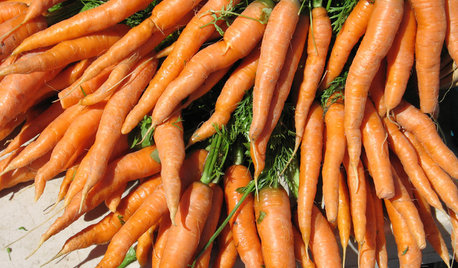
COOL-SEASON CROPSCool-Season Vegetables: How to Grow Carrots
More than just a bunny food, easy-to-grow carrots add lacy good looks to a fall or spring garden
Full Story
FALL GARDENINGMake This Fall’s Garden the Best Ever
Learn the most important tip for preventing buyer’s remorse, plus get more valuable buying and planting advice
Full Story
FARM YOUR YARDHow to Grow Vegetables in Containers
Get glorious vegetables and fruits on your patio with a pro’s guidance — including his personal recipe for potting mix
Full Story
MOST POPULARHow to Start a Cool-Season Vegetable Garden
Late summer and late winter are good times to plan and plant cool-season crops like salad greens, spinach, beets, carrots and peas
Full Story
FALL GARDENING7 Reasons Not to Clean Up Your Fall Garden
Before you pluck and rake, consider wildlife, the health of your plants and your own right to relax
Full Story
MOST POPULARFalling for Color: 9 Ways With Pumpkin Orange
From racing stripes to accent walls, see how to work this vibrant hue into your home
Full Story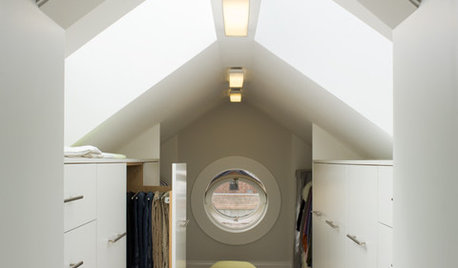
CLOSETS9 Tips to Turn an Attic Into a Boutique Closet
For everyday dressing luxury or off-season clothing storage, explore your attic's potential
Full Story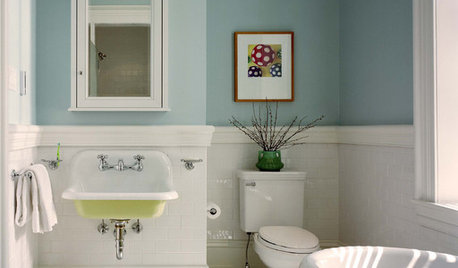
SELLING YOUR HOUSE6 Tips for Staging Historic Homes
Putting a period home on the market requires a unique level of attention to detail. Here's how to preserve its historic appeal
Full Story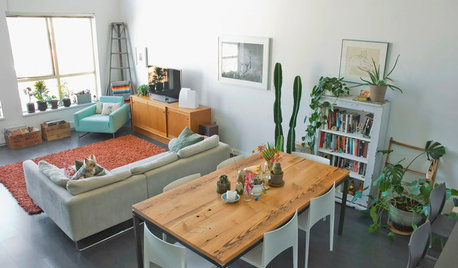
LIFE10 Tips for Subletting Your Place
Getting out of Dodge this summer? Some thoughts to take in before you hand over the keys and take off
Full StoryMore Discussions






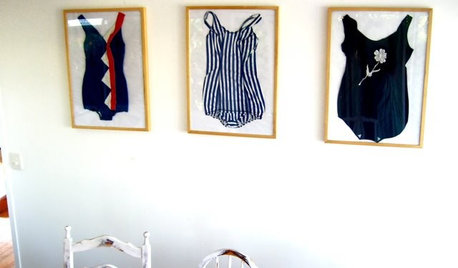

chickencoupe
tracydr
Okiedawn OK Zone 7
ladychipsOriginal Author
Okiedawn OK Zone 7
TraceyOKC
chickencoupe
tracydr
joellenh
Okiedawn OK Zone 7
cwsooner
Okiedawn OK Zone 7
chickencoupe
Okiedawn OK Zone 7
TraceyOKC
chickencoupe
chickencoupe
miraje
Okiedawn OK Zone 7
miraje
chickencoupe
jacksonmom
Okiedawn OK Zone 7
dalepres
chickencoupe
Okiedawn OK Zone 7
chickencoupe
chickencoupe
Okiedawn OK Zone 7
chickencoupe
Okiedawn OK Zone 7
chickencoupe